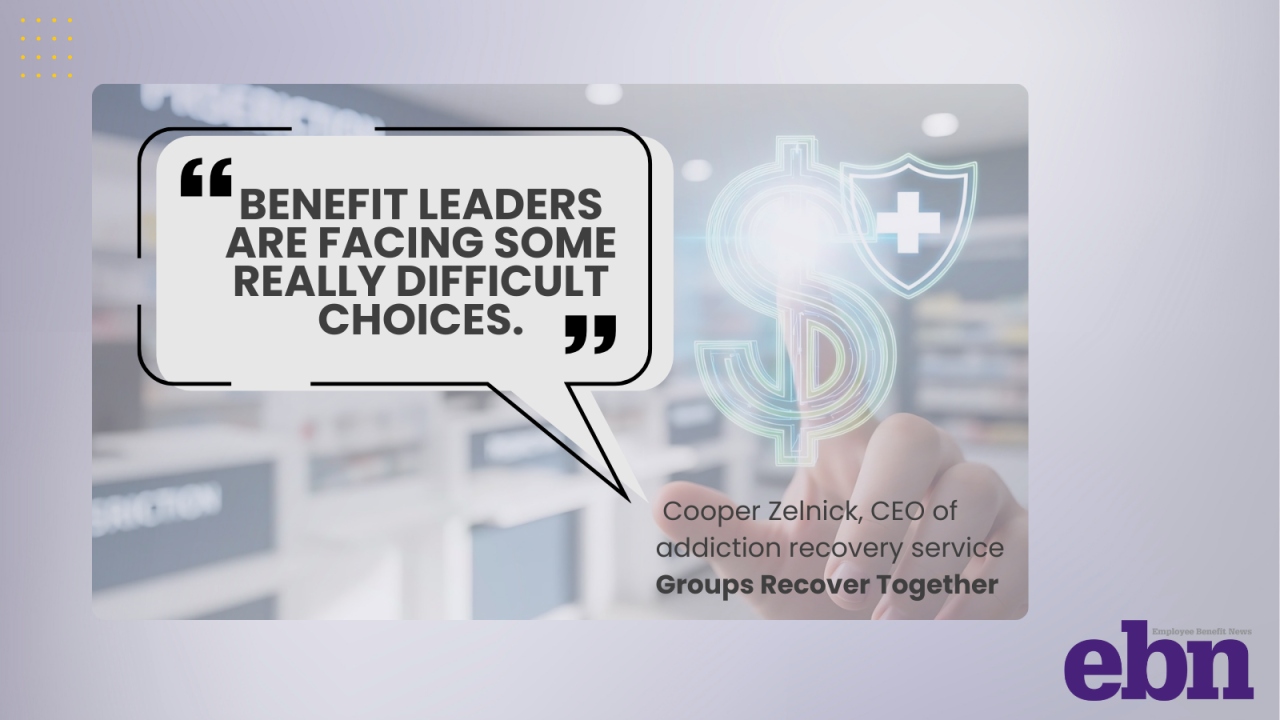- Key Insight: Learn how subscription dental benefits bypass insurers to expand preventive workplace care.
- What's at Stake: Rising oral health issues could drive absenteeism and higher employer healthcare costs.
- Expert Quote: Tyler Burnett argues current models prioritize employers over patients, worsening access.
- Source: Bullets generated by AI with editorial review
For years, dental benefits have been a sore spot for organizations, seen as
Fifty-five percent of adults reported some type of oral health problem, according to a 2022 research survey from oral health institute CareQuest. However, only 43% of adults said they saw a dentist, with 29% citing lack of insurance as the reason. In an effort to close that gap, dental benefits provider Wally Health is
"Dental care has a major accessibility crisis — and we're moving in the wrong direction," says Tyler Burnett, co-founder and CEO of Wally. "Our goal with Wally is to rebuild the front door for people's dental experience."
Read more:
Wally provides a $249 annual subscription-based benefit employers can
The key to keeping their solution accessible and affordable, according to Burnett, was to avoid working with big healthcare providers and
"What's really gone wrong with dental benefits is that there's too many stakeholders in the mix," he says. "For most insurance companies, their customers are large employers and when your customer is an employer, you're not really thinking about the actual patient and what they're receiving from it."
Cutting healthcare costs for organizations
Of adults struggling with their oral health, CareQuest revealed that 23% reported toothaches as the most frequent dental problem they've faced. Eighteen percent experienced cracked or broken teeth, 17% had swollen or bleeding gums, and 17% suffered from frequent dry mouth. Many of those conditions may seem small, but could lead to
Read more:
"If you don't feel good about your mouth and you're not able to smile or speak because you're in pain and it's difficult to make dentist appointments, that affects how you show up in the workplace," Burnett says. "[Intervention] can be as simple as talking to your people and figuring out what they need."
In addition to providing organizations with more
"Peoples' relationships with dentistry are deteriorating and legacy systems can't solve it the way they're currently set up," Burnett says. "Our goal is to empower people to make the right decisions for their oral health and to do it in a way that doesn't include the obstacles from the traditional dental system."






